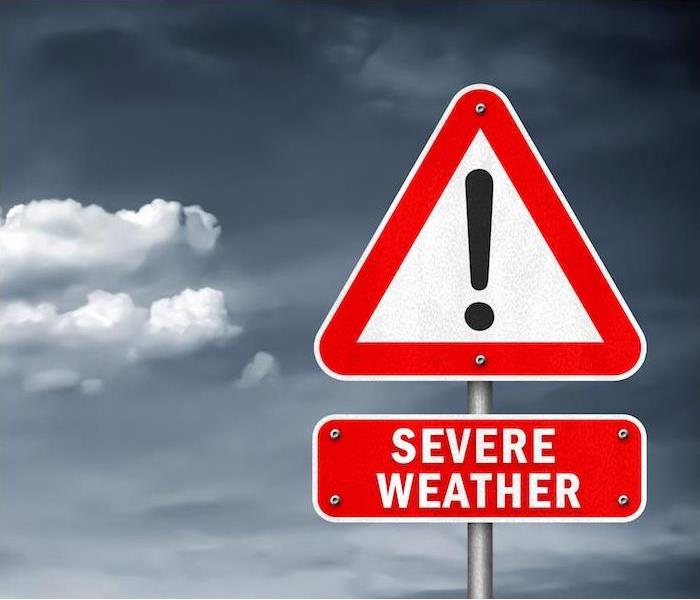Tips to Increase Your Safety When Severe Weather Is in the Forecast | SERVPRO® of Flagstaff/East Sedona
5/28/2020 (Permalink)
 If your home has been impacted by storm damage, SERVPRO of Flagstaff / East Sedona will respond quickly to assist in any repairs.
If your home has been impacted by storm damage, SERVPRO of Flagstaff / East Sedona will respond quickly to assist in any repairs.
Because of how often storms move through an area, it is not uncommon for people to fall into the habit of not taking them seriously enough. However, it is important to note that any thunderstorm does have the potential to be dangerous, causing personal and property damage that can be devastating.
Therefore, it is smart to increase your safety measures before the next time severe weather is in the forecast. Understanding the meaning behind common weather alerts, stocking your household with disaster supplies and making sure you can tune into emergency broadcasts from multiple sources will help you make sure you are being as safe as possible.
Know the Meaning Behind Common Weather Alerts
Being aware of the meaning behind common weather alerts can help you know exactly how to respond and react when certain things are issued. For example, a thunderstorm watch means that one is possible due to the current weather conditions, but has not started yet. The proper reaction is to stay tuned to weather alerts and be aware. For a thunderstorm warning, however, a thunderstorm has been spotted or is indicated on the radar, so you should seek shelter right away.
Stock Your Household With Disaster Supplies
When a severe weather warning is dispatched from local officials, you want to be sure that you stay put and stay safe until the storm passes. That is why you should always stock your household with disaster supplies so you can safely hold out until the worst of the weather passes. Nonperishable foods, adequate amounts of water, flashlights and batteries are all good things to include. Additionally, have a designated spot to head to during severe weather—preferably on the ground floor and away from any windows that could shatter during high winds.
Tune Into Emergency Broadcasts From Multiple Sources
Many people list their cell phone as their No.1 way of receiving emergency alerts, and while the benefit of always having your phone handy is good, you should have a secondary method to tune into broadcasts in case of an emergency. Because cell phones can die and cell reception can be knocked out during storms, having a non-electric radio like the NOAA’s Weather Radio can help you stay connected regardless of the circumstances.
If your home has been impacted by storm damage, we are here for you. You can contact us 24⁄7 to get a quick response to your home’s damages.






 24/7 Emergency Service
24/7 Emergency Service